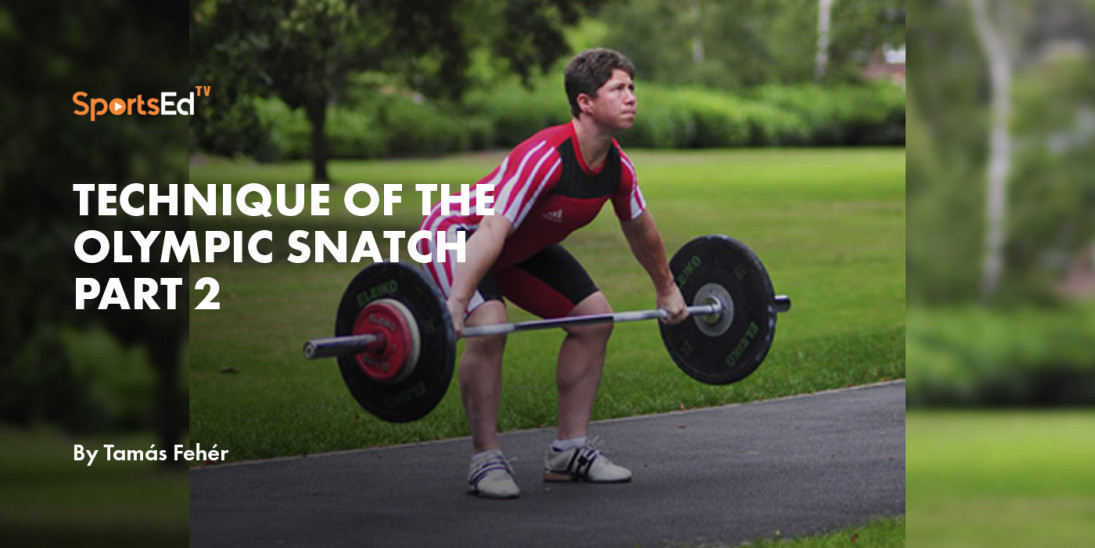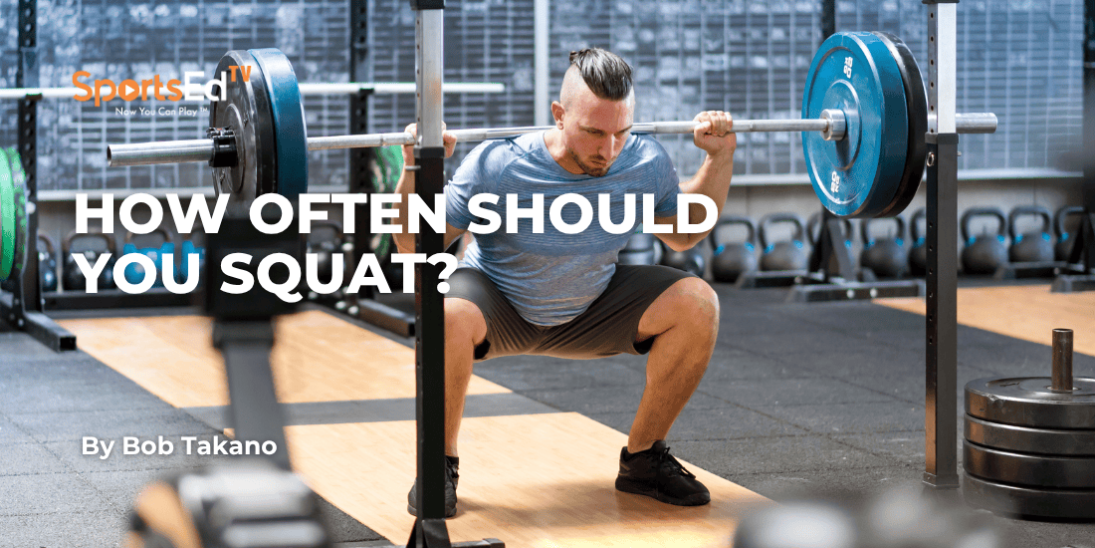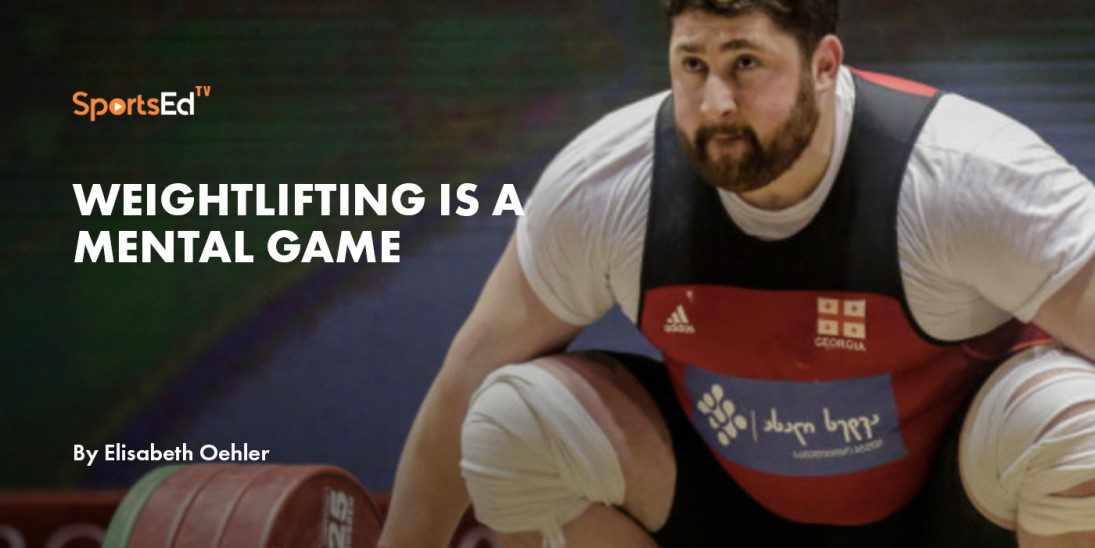Weightlifting
Welcome and thanks for visiting...

Training and Maintaining a Strong Grip by Harvey Newton
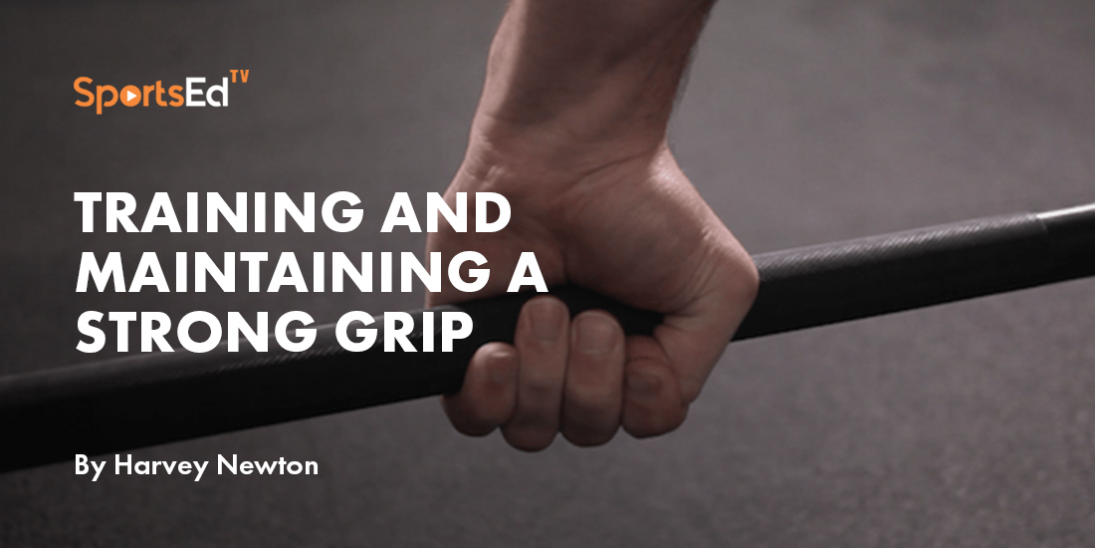
Among the summer Olympic sports, certainly weightlifting, gymnastics, judo, and rowing require outstanding grip strength. Generally, our regular training meets the needs of developing a strong grip. Only occasionally do we see a lifter exerting maximum power in the second pull and witness the grip fail.
Any serious lifter uses a hook grip in order to lift heavy weights. The hook grip is particularly important for the snatch, in which the wide hand spacing really reduces one’s grip to just the index and middle fingers, along with the thumb.
What is the hook grip or hookgrip?
The hook grip in weightlifting is used to enhance the barbell's grip. It involves wrapping the fingers, especially the thumb, around the barbell and then gripping the thumb with the fingers. This technique is commonly used in Olympic weightlifting and other forms of lifting where a secure grip is crucial for handling heavy weights. The hook grip is favored for its ability to provide a stronger, more secure grip than a traditional grip, reducing the likelihood of the bar slipping during lifts.
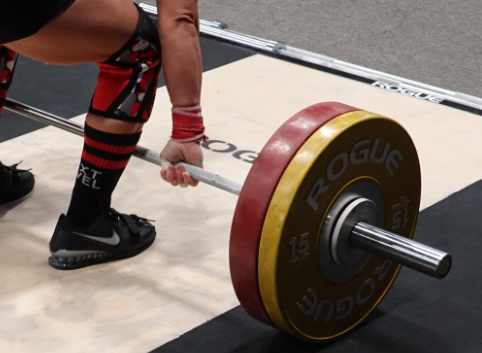
Using straps in training guarantees that we will likely lift even more weight. So, it’s reasonable to conclude that our grip strength may be our weakest link, i.e., something to train occasionally.
The topic of grip strength and how to improve it receives little attention. But two years ago, an interesting piece entitled “Raising the American Weakling” appeared on Nautilus.com. The piece reported that the general population's testing of grip strength indicates that we’re getting weaker. Much of the conclusions were related to our increasingly sedentary lifestyles, something good weightlifter counters with multiple training sessions each week.
This reported evidence of our society’s gradual loss of gripping strength is very interesting. This writing even suggests there may be a connection between grip strength and one’s longevity. If the average person has less grip strength than in generations past, how can we address this, especially with young lifters?
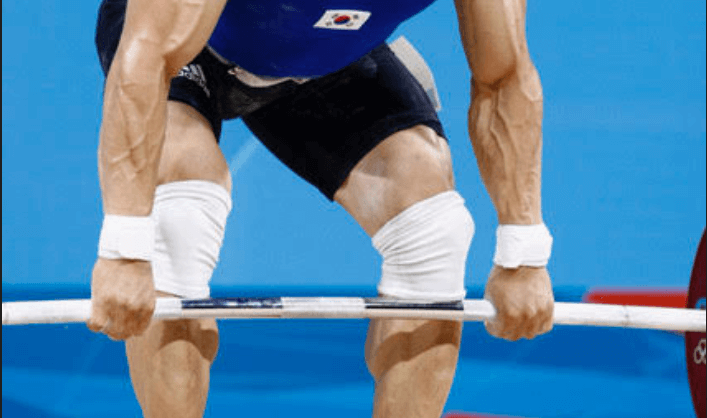
A Quick Check
When I was USAW’s executive director (and national coach at the same time), I initiated Weightlifting USA, a quarterly (later bi-monthly) newsletter, as a member benefit. This publication remained a hard copy until 2008.
In the May-June 1983 Weightlifting USA, we published a report on my measurements of Soviet, Bulgarian, and USA lifters using a standard hand dynamometer, like the one referenced in the Nautilus article. Below is the article, which appeared more than 30 years ago.
Note: The grip results are well correlated to the subject’s body weight (no surprise). The bodyweight categories referenced are those in effect at the time, not today’s class designations. Bulgarian Sulimanov is better known today as Turkey’s Suleymanoglu, the first weightlifter to earn three Olympic gold medals. Bodyweight categories are listed metrically, with the grip results in pounds. That’s the way the dynamometer read and how the article first appeared.
“For the past several years, much of the research coming out of Eastern Bloc countries has eluded to hand strength, its development, and such factors as hand size (particularly thumb length) as criteria for selection to weightlifting.
At the recent Record Makers’ Invitational in Allentown, a hand dynamometer (JAMAR Askmow Engineering Co.) was shown to Soviet and Bulgarian lifters. No encouragement was needed for the Soviets. The Quality Inn lobby in Philadelphia was quickly reduced to a competition site for gripping strength. The Bulgarians, in their usual reserved manner, gave a fairly good effort when requested to squeeze, but some only took one trial, seemingly content to watch the Soviet delegation fight over who could squeeze the hardest.
Sarkisian had been in the lobby early, so he took numerous attempts. His best of 140lbs was not witnessed by any of his teammates, and he could not produce more than 100 lbs. when challenged by Pisarenko. The World Champion Superheavyweight insisted his 60kg teammate was lying, especially since Anatoli was only hitting 130-140lbs. After getting fired up, Pisarenko finally squeezed until the needle read 170lbs!
I asked the Bulgarian staff if Sulimanov had problems gripping the bar since he was so small. They responded that his hands are not dwarfed like the rest of his body and, unlike so many 52-56k lifters, he has no trouble gripping the bar. The 15-year-old Bulgarian had less than-average results, but he only tried once.
Here are the dynamometer results achieved by the two visiting teams. Also listed for comparison are the results of American lifters training at the Olympic Training Center.

Here are some exercises for developing your grip:
Recommended specific exercises:
- Light snatch or clean (power or squat) with a thumb-less grip
- Medium snatch or clean (power or squat) with a simple (non-hook) grip
- Pulls (snatch, clean) without straps
The above exercises can also be done with thick barbells.
Some non-specific exercises include:
-
- Wrist curls
- Wrist roller
- Pinch-gripping pairs of plates
- Hand-balancing
- Rope climbing
Taking on a Challenge
USA’s John Davis, the first lifter to win eight World Championships, was known for his small hands. Among other feats, Davis routinely performed pull-ups by pinch-gripping 2” x 4” overhead beams.
Watch some amazing video footage of Davis conquering the famous Apollon Axel (or Wheels) in 1949. The wheels weighed a bit over 165kg and featured a nearly 2-inch non-revolving axel.
Using a split clean, Davis was unsuccessful in his first attempt. On his second effort, he switched to a “reverse grip.” With difficulty, Davis became the second person in history to successfully clean and jerk the awkward weight overhead. A great athlete, Davis had managed to release his supinated left hand and reverse to a conventional catching grip during the pull-under phase.
As an aside, I encountered the Apollon Wheels in an Iron Game museum display in Lille, France, the site of the 1981 IWF World Championships. At the closing banquet, dressed in coats and ties, a number of us attempted to lift the weight. While I failed to elevate it, 110kg silver medalist Vyacheslav Klokov (Dimitry’s father) succeeded in at least deadlifting the Wheels.
A stronger grip may easily lead to improvements in the classic lifts. As a society, we may produce lower grip strength results overall, but weightlifters are an exception. Our records continue to rise, regardless of lifestyle.





